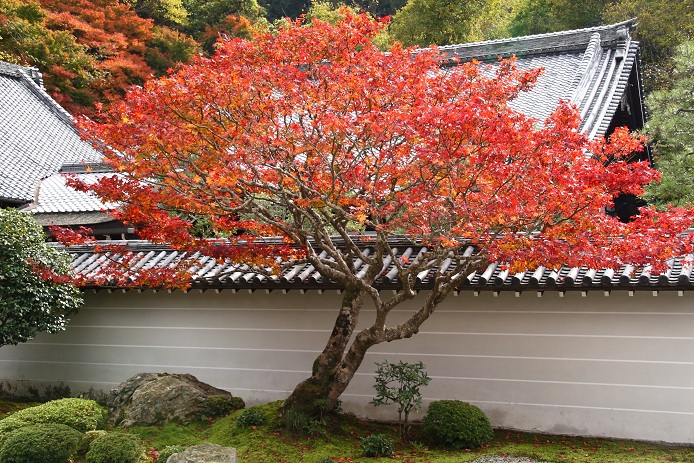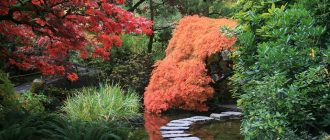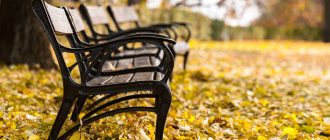Japanese maple trees are highly valued by gardening enthusiasts but they require extensive care. Get the facts & information on Japanese maple care.
Japanese garden enthusiasts possess a deep love for Japanese maple trees. They are amongst the most popular trees used throughout the history of Japanese gardening. As valued as they are by those with a liking for Japanese gardens the maple tree family requires constant care and maintenance in order for them to remain healthy.
The maple tree family has its own weak points and vulnerability issues in relation with its environment. Individuals with maple trees in their home gardens ought to know how to take care of them in order to maintain that healthy and clean look of the garden and ensure the good health of the tree it self.
A series of problems spring up when the summer heat soars and the times are drought stricken. During such times your maple trees will require to be mulched with 2-3 bags of shredded bark most preferably hardwood. This has to be done in order to insulate the roots so as to prevent the existing water from evaporating as the heat rises.
You will be required to water the maple trees with a generous shower at least twice a week. Newly planted trees or such maple trees that are being grown in a container will require more frequent watering.
Common Maple Problems
The maple trees often experience leaf tip burns. Popular to contrary belief this is not caused by extensive exposure to the suns rays rather it is the cause of over watering and in some cases under watering. A newly planted maple tree may have an underdeveloped root system which may result in this problem. Use of too much fertilizer can also result in leaf burn.
To prevent this problem sufficient shade is necessary. Watering the trees must also be kept in check and balance for the leaves to remain healthy throughout the season. Your maple tree may even start dropping its leaves in extremely tense conditions. Luckily however the maple tree has a secondary set of leaves that will sprout out when the time is right. The falling of the leaves is a sign that the tree is not receiving a sufficient amount of water.
The worst thing to do when you discover that your tree is stressed out is to over fertilize it. In fact you should completely refrain from fertilizing it. This is because the fertilizer would act as a stimulant and that is the last thing that your ailing tree needs at the moment.
The right thing to do would be to feed it a kelp meal or some other rich trace elements. There could be other causes for your tree’s poor health. Inspect the tree for pests and diseases because the maple tree can be susceptible to develop these problems from time to time. If these problems are detected at an early stage it becomes easier to restore the tree’s health otherwise they may cause some serious damage.
The fall season brings the best opportunity for conducting an overall check up of your maple trees. This is the season where you can get intimate with pruning and observe the maple trees up close and personal hence discovering any problems that it may be having.





